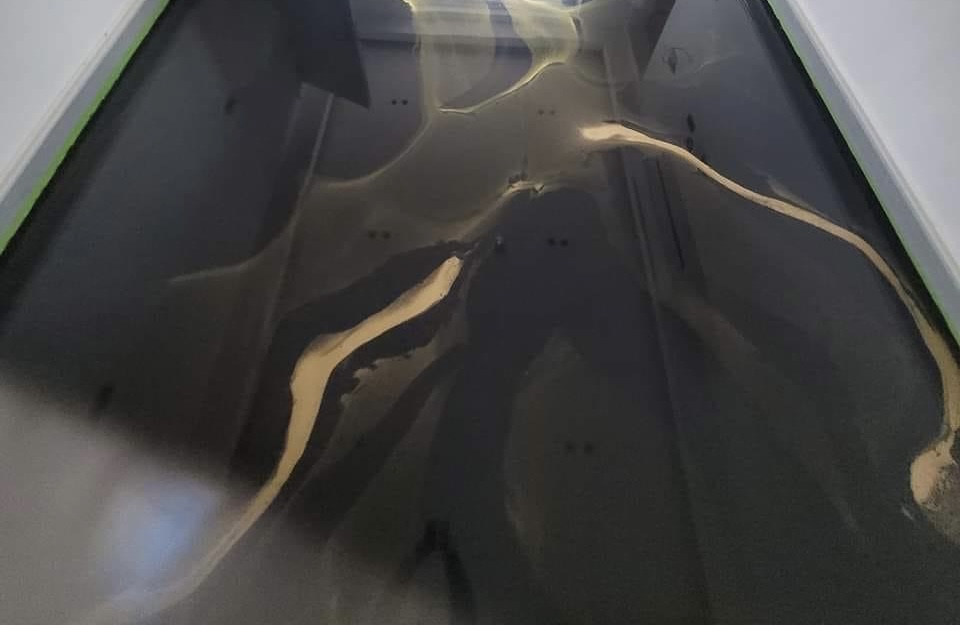Understanding the Distinction: Epoxy vs. Polyaspartic Flooring

When it comes to selecting the ideal flooring solution, it’s crucial to understand the differences between epoxy and Polyaspartic. In this blog post, we will explore the characteristics, benefits, and considerations of both options, helping you make an informed decision for your specific needs.
Composition and Chemistry: Epoxy flooring is a thermosetting resin that consists of epoxy resin and a hardening agent, typically a polyamine. On the other hand, Polyaspartic flooring is a type of polyurea coating that utilizes a specific polyaspartic ester as its main component. These variations in composition contribute to their unique properties and performance.
Cure Time and Installation Efficiency: Epoxy typically requires a longer cure time compared to Polyaspartic. While epoxy may take several days to fully cure, Polyaspartic offers a faster curing process, often within hours. This rapid curing time translates to shorter installation periods, minimizing downtime for businesses and allowing faster access to the space.
UV Stability and Color Retention: Polyaspartic flooring has superior UV stability, making it an excellent choice for outdoor or sun-exposed areas. It resists yellowing and color fading caused by UV rays, while epoxy may be more prone to discoloration over time when exposed to sunlight. This UV resistance of Polyaspartic ensures long-lasting color retention and aesthetic appeal.
Temperature and Chemical Resistance: Both epoxy and Polyaspartic exhibit excellent chemical resistance, withstanding spills and stains from various substances. However, Polyaspartic surpasses epoxy in terms of temperature resistance. It can endure extreme temperature fluctuations without compromising its performance, making it more suitable for environments with hot or cold conditions.
Durability and Performance: Epoxy flooring offers exceptional durability, making it a popular choice for many applications. However, Polyaspartic takes durability to the next level. Its high abrasion resistance, impact resistance, and flexibility make it ideal for spaces with heavy traffic, intense use, or industrial settings where durability is paramount.
Understanding the differences between epoxy and Polyaspartic flooring is essential for making an informed flooring decision. While epoxy has its strengths in terms of durability and versatility, Polyaspartic excels in rapid curing, UV stability, temperature resistance, and enhanced durability. Consider your specific requirements and consult with professionals to determine which option best suits your needs, ensuring a long-lasting and high-performing flooring solution.
Remember, whether you choose epoxy or Polyaspartic, both options offer a range of design possibilities and benefits that can enhance the aesthetics and functionality of your space.
Got questions?
Give us a call at (323) 329-7068 , send an email to [email protected] , or submit our contact form online – whatever works best for you! Let’s get in touch and start today!

